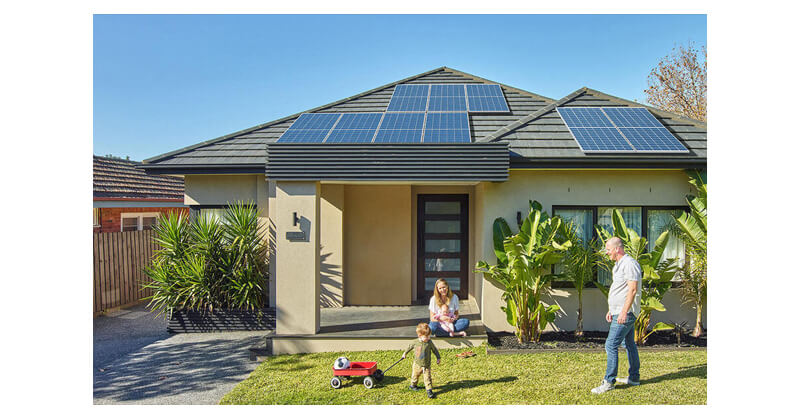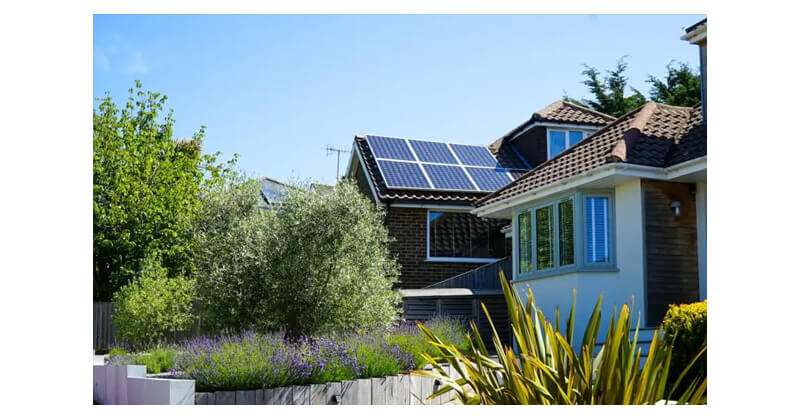Contents:
Solar energy is rapidly growing as a clean, renewable energy source in the UK. With increasing awareness about climate change and the rising costs of electricity, many homeowners are considering installing solar panels. One of the most important factors when deciding on solar panels is the dimensions and how they fit into your available roof space. This article covers everything you need to know about standard solar panel dimensions for UK homes, helping you make an informed decision.

When planning a solar installation, panel dimensions directly affect how many panels can be fitted on your roof, which in turn impacts the amount of electricity your system can generate. Standardization of solar panel sizes helps ensure compatibility with rooftops, enabling streamlined installation.
Solar panels come in various sizes depending on the manufacturer and intended use. However, the most commonly installed solar panels for UK homes are made up of photovoltaic (PV) cells and generally fall into two size categories:
- Residential Panels (60-cell)
- Commercial Panels (72-cell)
Residential Solar Panels (60-cell)
The typical solar panel used in residential installations is a 60-cell panel. The physical dimensions of these panels are usually around:
- Height: 1.65 m (65 inches)
- Width: 1.00 m (39 inches)
- Thickness: 35-40 mm (1.5 inches)
- Weight: 18-20 kg (40-45 pounds)
These panels are widely adopted in UK homes because they are compact and versatile enough to fit most residential roof spaces. They usually provide an output of 250 to 350 watts per panel.
Commercial Solar Panels (72-cell)
Some homeowners with larger roof spaces may opt for 72-cell panels, which are often used for commercial installations but can be suitable for homes with extensive space. These are larger and offer higher power output. Their dimensions are typically:
- Height: 2.00 m (78 inches)
- Width: 1.00 m (39 inches)
- Thickness: 35-40 mm (1.5 inches)
- Weight: 22-25 kg (50-55 pounds)
These panels offer higher wattage, typically ranging from 350 to 400 watts per panel.
While panel dimensions are crucial, other factors should also be considered, such as efficiency, roof orientation, and shading. More efficient panels may cost more but generate more electricity in a smaller space, allowing homeowners to fit more power onto a smaller roof.
1. Efficiency
More efficient panels can produce the same amount of electricity as larger, less efficient ones in a smaller footprint. Modern solar panels have an efficiency range of 15% to 22%.
2. Roof Orientation and Shading
South-facing roofs with minimal shading are ideal for solar installations in the UK. Even minor shading can significantly reduce the energy output, so careful planning is necessary to maximize the performance.
3. Space Requirements for Solar Panels
Here’s a simple table summarizing the space requirements for standard solar panels based on their size and typical wattage output:
| Type of Solar Panel |
Dimensions (m) |
Wattage per Panel |
Weight (kg) |
Recommended Roof Space (m²) |
| Residential (60-cell) |
1.65 x 1.00 |
250-350 W |
18-20 |
2.5 to 3 m² |
| Commercial (72-cell) |
2.00 x 1.00 |
350-400 W |
22-25 |
3.5 to 4 m² |

To better understand the power output and space requirements, the following line graph visualizes the relationship between roof space and electricity generation potential.
This graph shows how the energy output increases with more roof space, helping you estimate how many panels you would need based on your electricity requirements.
When installing solar panels for your UK home, understanding the standard dimensions and space requirements is essential. Most homeowners opt for 60-cell panels due to their compact size and compatibility with smaller roofs, while 72-cell panels are an option for those with larger roof spaces. Other factors like efficiency, roof orientation, and shading also play key roles in maximizing the benefits of solar energy.
For more information about solar panels and their impact on energy generation, visit the Wikipedia page on solar panels.
By carefully planning your solar installation with these factors in mind, you can ensure that you are maximizing both your roof space and your energy output.
FAQs
What is the average lifespan of solar panels for residential use?
Solar panels typically have a lifespan of 25 to 30 years, though their efficiency gradually decreases over time.
Do solar panel dimensions affect installation costs?
Yes, larger or custom-sized panels may increase installation costs due to the need for additional mounting equipment or labor.
Can I install solar panels on a flat roof?
Yes, solar panels can be installed on flat roofs using special mounting brackets to tilt them at the optimal angle for sunlight.
Are there flexible solar panels available for homes with unconventional roof shapes?
Yes, flexible solar panels are available, but they are generally less efficient than standard rigid panels.
How do solar panels perform in the UK's cloudy climate?
Solar panels can still generate electricity on cloudy days, although their efficiency may be reduced by 10-25% compared to sunny conditions.







